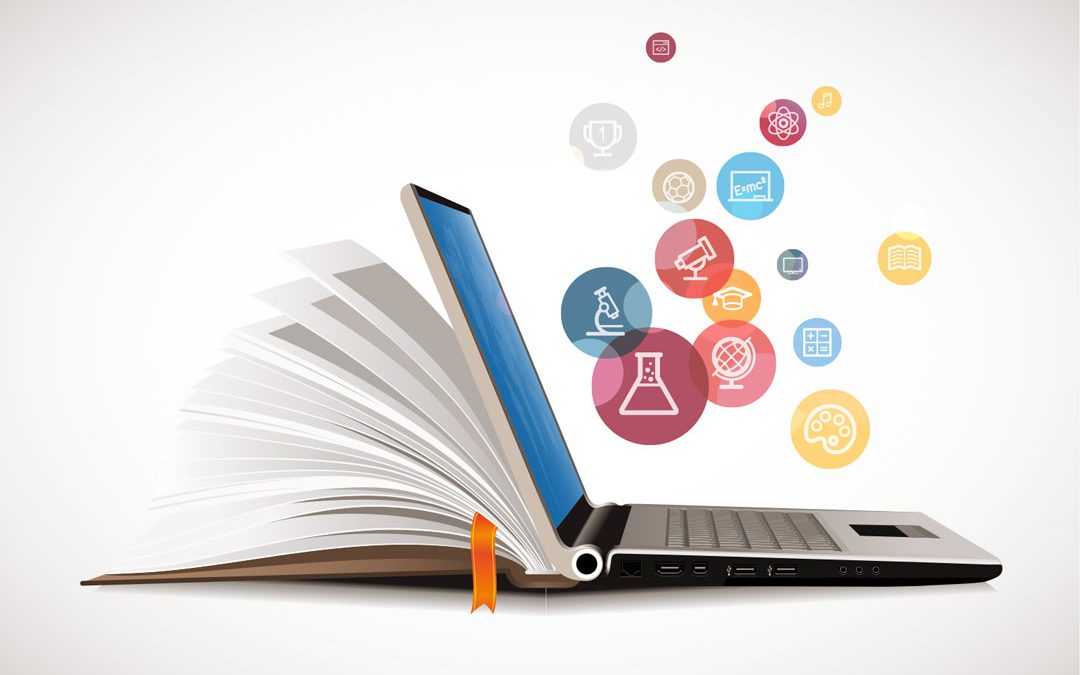Like most L&D pros, I can’t stop myself learning. My trip to Boston, USA, last month for the Docebo|Inspire event reminded me of this – I thought I knew plenty about learning technology, but as you’ll know for yourself, there’s always more to discover.
There were 300+ other learning professionals at the event, so having caught up with plenty of them and attended numerous learning sessions and presentations, I’ve come back to New Zealand feeling suitably inspired.
So, what were my key discoveries? I’ll share some of them in this post.
1. Is technology really helping?
There’s often a focus on technology at L&D events. It’s easy to see why: the chance to try out the latest gadgets is attractive, especially when you can bounce ideas around with other experts.
Much of the technology is exciting, and it’s fun exploring ways to harness it for L&D. But technology can also be distracting – and some of it’s downright gimmicky. A reality check comes in handy at these times, as does a simple question: does this technology serve my learners?
2. Quality mobile learning
Back when computer-based training first came about, it was technology that dictated how we learned. Fortunately – for learners and learning designers – we’ve moved on. Now, technology fits around us and how we need to learn. It’s up to us to make the right choices about how to harness it.
Research shows that only around 30 percent of companies are making the most of mobile learning. This needs to change. Smartphones are ubiquitous, so we need to put more emphasis on top-quality mobile learning and embrace the technology that will enable us to do this.
3. Learning that makes an impact
As L&D professionals, we all want the same thing: learning that makes a difference – to people’s behaviour and ultimately to an organisation. We can measure the latter (and I’ve explored ways to do this in recent blog posts) but how can we make an impact on individuals?
One way is to make learning flexible, so that it’s available in multiple formats and in ways that appeal to different preferences. This is where technology really comes into play, allowing us to develop and present training that meets all of our learners’ needs.
4. Technology that supports L&D teams
With pressure on L&D professionals to deliver more with less, we need technology to be simple and powerful. This is what drew me to Docebo as an LMS: I realised that it enabled learning pros to make learning super-flexible, super-engaging and super-simple.
It has a great mobile offering, including an app, and you can use it to host a range of types of learning that will appeal to all learners. One of the features I love best is coach and share, which lets employees ask questions and get answers from subject matter experts in the organisation. This kind of informal learning makes the most of your organisation’s knowledge in a way that’s managed and measured.
Like the best technology, Docebo is drama free: it is cloud-based and integrates with existing HR and IT systems without the need for expensive upgrades.
Complete Learning Solutions is Docebo’s trusted partner in New Zealand. You can now try out Docebo for yourself – drop me a line at beryl.oldham@completelearning.co.nz or call 0800 123 649 for a free demo and information about setting up your free Docebo trial.

